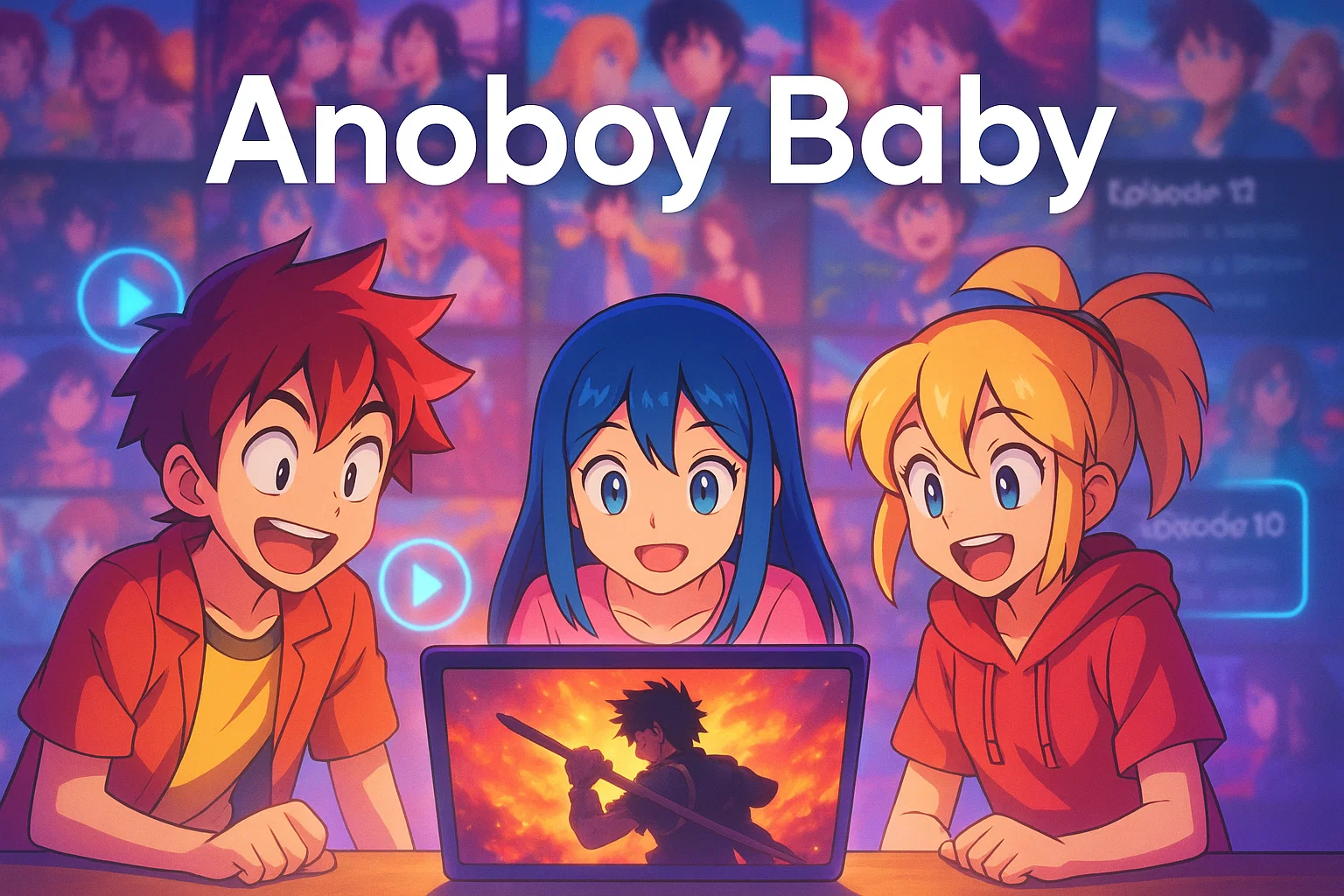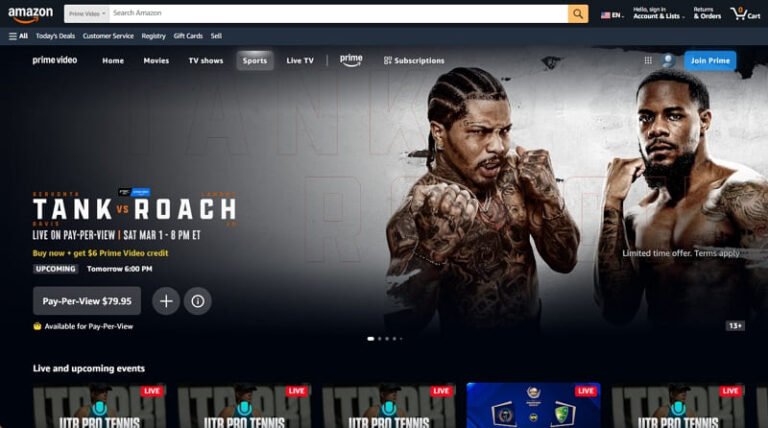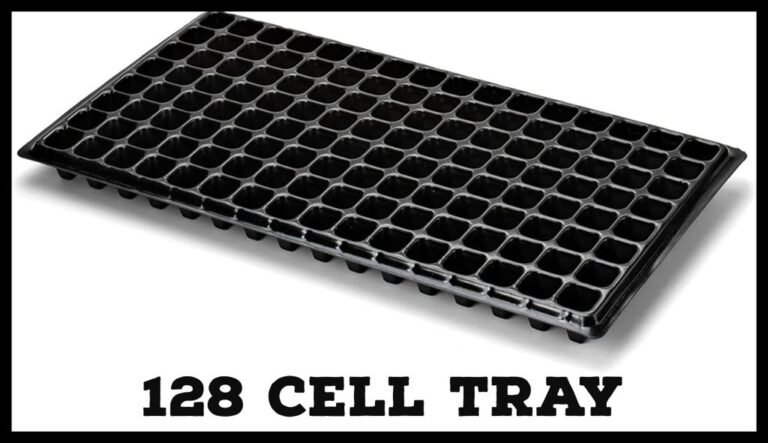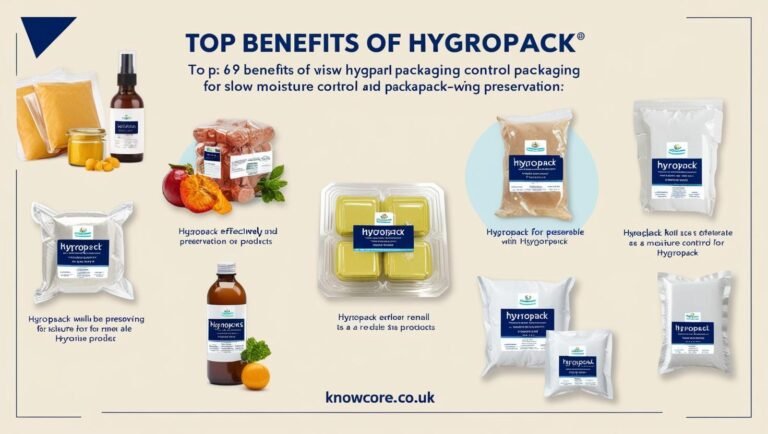Understanding Anoboy Baby: A Comprehensive Guide
If you’ve ever stumbled across the term anoboy baby, you may have been curious—what exactly does it mean? Or is it simply a tag floating around online? In this article, we explore the concept, its relevance to parents and caregivers, and offer helpful tips associated with it.
What Is “Anoboy Baby”?
- Keyword origin: The phrase “anoboy baby” appears to be emerging on parenting forums and social platforms—often as a unique descriptor or hashtag.
- Community usage: Some users employ “anoboy baby” to describe infants with a playful, adventurous personality.
- SEO angle: For content creators, “anoboy baby” presents an opportunity to target niche search traffic and build visibility around new terms.
Why the Phrase Matters
- Memorable & distinctive
Using anoboy baby helps your content stand out. It’s catchy—even if unfamiliar. - Emerging trend
Catching a term before it goes mainstream can give writers and brands search‑engine recognition early on. - Flexibility of meaning
The phrase can adapt to different contexts—whether describing a spirited infant, an online photo tag, or a parenting blog segment.
Practical Use Cases
Let’s explore multiple angles where anoboy baby could fit naturally:
- Baby product reviews
“Does this stroller suit an anoboy baby who needs room to move?” - Photo captions & hashtags
Parents might share candid shots under the tag #anoboybaby to show off energetic moments. - Parenting advice articles
Offering tips specifically for handling expressive, adventurous babies—that is, “anoboy babies.”
Tips for Raising an “Anoboy Baby”
If English grammar were as playful as your child, it might sound like this: the anoboy baby zooms around, unafraid, curious about everything.
How can parents nurture such boldness safely? Here are strategies:
- Safe exploration
Use soft mats, corner guards, and enclosed play spaces. - Interactive toys
Choose developmental toys that challenge both physical and cognitive skills—e.g. stackers, balls, and tactile puzzles. - Structured routines
Adventurous babies need rhythm—a predictable cycle of sleep, meals, play, and down‑time helps them feel secure. - Outdoor time
Parks and open spaces let your anoboy baby release energy and engage with new textures (grass, dirt, leaves). - Positive reinforcement
When your baby tries something new—like climbing up on a low stool—celebrate progress, even small ones.
Bonus Section: Recognizing the Signs
Not every baby is the same—but here are common signs that your little one might just be an anoboy baby:
- Persistent crawling, scooting, or scooting backward.
- Frequent pulling up to stand or exploring furniture structures.
- Strong curiosity about objects on high shelves.
- Vocal excitement: giggles, squeals, babbles when they make discoveries.
- Impatience with stillness—always ready to go, go, go.
An “Anoboy Baby” at a Glance
Here’s a quick comparison chart to help you visualize behaviors and recommended responses:
| Baby Behavior | What You Can Do | Reason It Matters |
|---|---|---|
| Pulling to stand, cruising | Install baby gates and corner pads | Prevent falls and bumps |
| Putting everything in mouth | Provide safe teething toys; avoid small hazards | Protect oral exploration |
| Persistent crawling/discovery | Rotate toys and challenges every few days | Prevent boredom and encourage learning |
| Giggles & squeals at surprises | Mirror their expressions and exaggerate positivity | Build trust and emotional bonds |
| Rejecting quiet activities | Offer soft books or colorful toys nearby | Still supports rest and focus development |
| Climbing out of play yard | Ensure high sides or change play area setup regularly | Maintain safety while accommodating curiosity |
Content Creation Perspective
If you’re creating content or products for “anoboy baby” parents:
- Blog posts
Titles like “10 Essentials for Your Anoboy Baby” or “How to Channel Anoboy Baby Energy Safely” have strong appeal. - Product listings
Describe your gear as “anoboy baby‑approved” for features like flexibility, durability, and interactive design. - Community engagement
Encourage parents to share photos or short stories about their “anoboy babies,” building engagement and real-world endorsements.
SEO Strategies for “Anoboy Baby”
To rank well around this phrase:
- Use it in key places: page title, headlines, alt text.
- Keep natural flow: don’t force it; sprinkle it where it fits.
- Cover related topics: e.g. adventurous babies, baby proofing essentials, developmental stages.
- Add original angles: interviews with early-adventure parents, product reviews that explain why certain toys fit “anoboy” patterns.
My Personal Thoughts
When I picture an anoboy baby, I see a whirlwind in onesie form—tiny hands grabbing, big eyes scanning every nook, and no fear in sight. That energy can be both magical and nerve‑racking for caregivers. I believe a winning strategy is to partner with that spirit, offering freedom while ensuring boundaries are safe.
Parents I’ve talked to who embrace their baby’s exploratory nature often report a closer bond—because they meet the child where they are, rather than imposing rigid expectations. It’s a shift from “taming” to “channeling.”
Quick Checklist for Caregivers
- Baby-proofed zones with soft padding
- Toys that foster movement and discovery
- Daily mix of indoor/outdoor time
- Regular toy rotation to maintain interest
- Positive reinforcement and shared play
- Capture the chaos—photos, journaling, memory‑making
Final Takeaway
The phrase anoboy baby may be new, but the concept is familiar: a bubbly, adventurous baby whose drive to explore defines their personality. Whether you’re producing content, building community, or just preparing your home, focusing on that spark—and keeping safety in mind—can turn chaos into opportunity.
This guide should help you:
- Understand what anoboy baby means in context
- See how it fits into parenting and product creation
- Apply practical, everyday strategies
- Use SEO mindset to make content and parenting materials shine
Disclaimer:
This article is intended for general informational purposes only. It should not replace professional medical or developmental advice. If you have specific concerns about your baby’s health or behavior, please consult a qualified healthcare provider.






